Realme 8 Pro
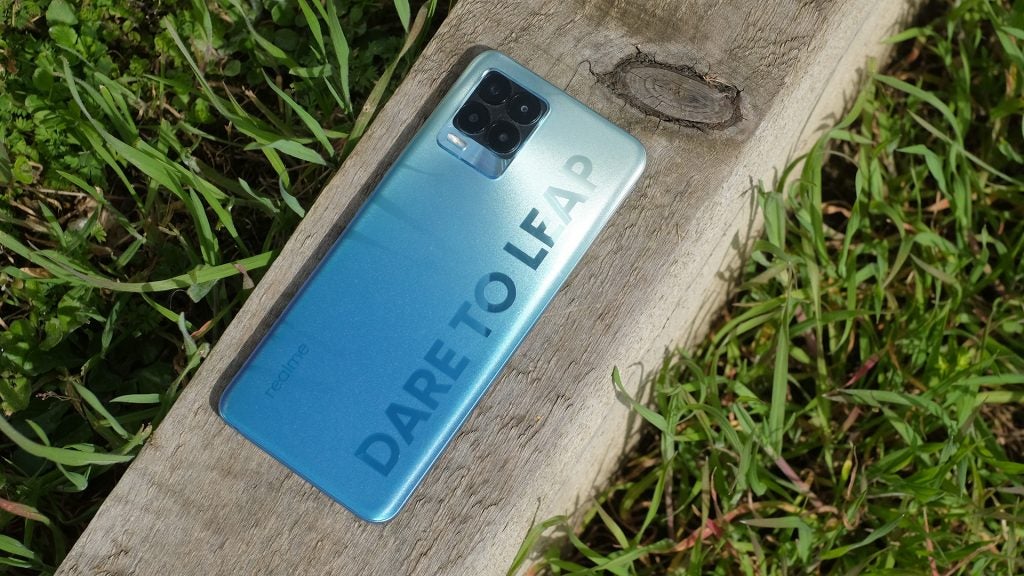
The Realme 8 Pro is an affordable phone with a 108MP camera and fast charging. These three factors sum up the appeal here.
Forget the rest. The price is low, the primary camera is good and the charge speed is excellent. This is very much deserving of its place among the best cheap phones you can buy.
Other factors are much less remarkable. This means phones like the Xiaomi Redmi Note 10 Pro and Realme X50 5G will be better buys for many. It doesn’t have advanced extras like a high refresh rate screen, a glass back or 5G either.
However, we are talking about a class of Android where value is king. The aim is to make phones like the iPhone 12 and Samsung Galaxy S21 seem a flat-out bad deal. The Realme 8 Pro does just that, and is a solid choice if you want an Android with a mid-size screen at a reasonable price.
Realme 8 Pro Price and Availability
The Realme 8 Pro was announced in March 2021 and costs £279 (around $380). At this price you might consider the Pixel 4a or Xiaomi Redmi Note 10 Pro instead. Or perhaps Realme’s slightly older, and still great, Realme X50 5G.
This newer phone doesn’t actually have all that much new 2021 tech to separate it from Realme’s last wave of phones. But very fast charging and a relatively new Samsung sensor should lure at least a few of you away from competitors.
Realme 8 Pro Design and Screen – Plastic provocation
- Plastic back and sides
- Deliberately provocative rear design
- Not too big
- Slow fingerprint scanner
The Realme 8 Pro is an attention-grabbing phone that can look alluring in photos, if the giant “dare to leap” slogan on the back doesn’t make you want to bring up your lunch. Its finish glints in the light, and the colour gradient — blue to silvery grey here — is pretty.

However, the Realme 8 Pro isn’t quite as impressive in person. This is an all-plastic phone. The matt textured glass the back tries to emulate is one of the best finishes seen in phones, but you don’t mistake this homage for anything but plastic when you pick it up.
The Realme 8 Pro’s sides are plastic too, not aluminium. It isn’t as impressive a presence as the Realme X50 5G, one of my personal favourites of the last 12 months, which has a glass back.
However, the Realme 8 Pro is of a good size and weight. Many affordable phones from value-packed brands like Xiaomi/Redmi and Realme use fairly large screens to offer more overt value per pound. But it means many of them are slightly too large for comfort for some. The Realme 8 Pro’s size is a near-perfect balance. Its screen isn’t small but the frame is not too wide either.
Realme uses an in-screen fingerprint scanner in the 8 Pro as part of its attempt to wow us with advanced tech at a low price. This is far from the best I’ve tried. It’s slower than those of mid-range and high-end phones, and does tend to fail to recognise your finger/thumb fairly regularly. It’s a bit like stepping back a couple of years to the early days of in-screen scanners. I’d rather have a more reliable side or rear scanner.
The Realme 8 Pro also lacks stereo speakers, which is a shame when Realme has used them in other budget phones. Sound quality is only fair, lacking the extra mid and bass bulk finally trickling down to some sub-£300 phones.
However, you do get a headphone jack, two SIM slots and space for a microSD card. Most of us probably won’t even need to consider a card as the phone has 128GB storage. The Realme 8 Pro does not have 5G, though, one of the key things to consider. Several phones at a similar price do have it, including the Realme X50 5G.
The Realme 8 Pro has a 6.4-inch OLED screen of 2400 x 1080 pixels. That’s a good size, just slightly smaller than some Oppo and Xiaomi alternatives, and it has high enough pixel density to make everything appear sharp.
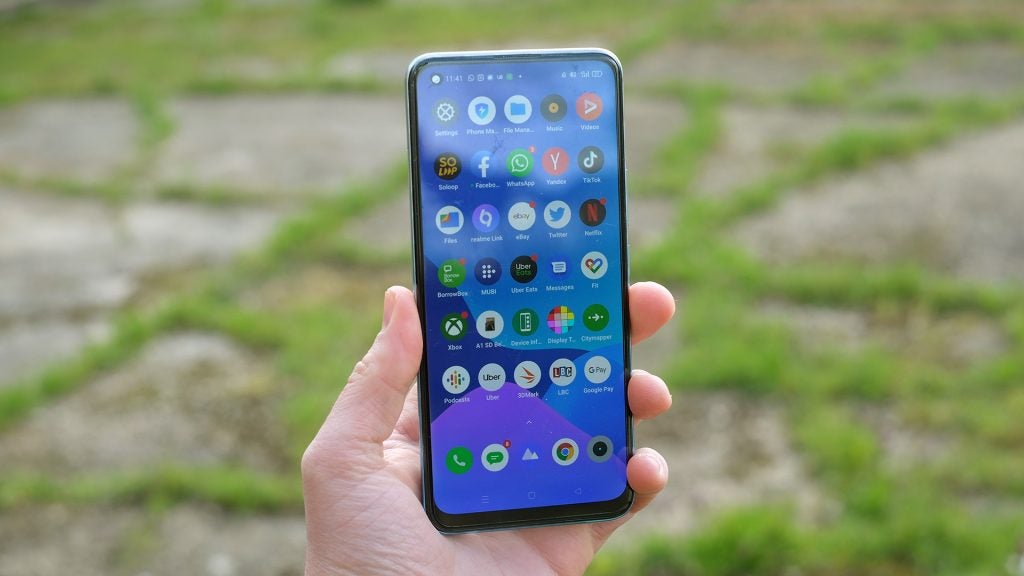
High refresh rate is what it lacks. This is a 60Hz screen. I switched from a 90Hz Android, the Oppo Find X3 Neo, before this review. The downgrade was obvious. Your app drawer doesn’t scroll as smoothly, neither do web pages or your Twitter feed. However, after 24 hours or so it is not something I kept thinking about.
90Hz and 120Hz refresh rates are nice, but I don’t think they are essential yet, particularly in entry-level phones. The iPhone 12 Pro Max is still at 60Hz, remember.
The Realme 8 Pro also has the classic benefits of OLED: superb contrast and bold colour. That said, I prefer the phone’s less saturated “gentle” mode, as the vivid one doesn’t look that well calibrated. It has that slightly sickly, ultra-saturated appearance that used to be common in older OLED phones.
This is backed up by the Display Tester app I sometimes use when reviewing phones. It does not recognise the Realme 8 Pro’s screen as a wide colour gamut display, suggesting the amped-up modes are just that.
Brightness is the screen’s most notable characteristic. It is one of the cheaper phones I’ve seen that has enough power to deal with very bright days. Realme says it can hit 1000 nits. I measured 530 nits. Not 1000, but still good considering the cost, and this is likely because the peak brightness varies depending on the on-screen content.
Realme 8 Pro Camera – 108MP camera is a winner, the rest is less strong
- Good primary camera
- Weak wide and secondary cameras
- Surprisingly good 3x zoom mode
The Realme 8 Pro’s camera is the key draw. We are meant to be wowed by the 108 megapixel count of the main sensor, and how the quad-camera array looks just like that of a phone three or four times the cost.
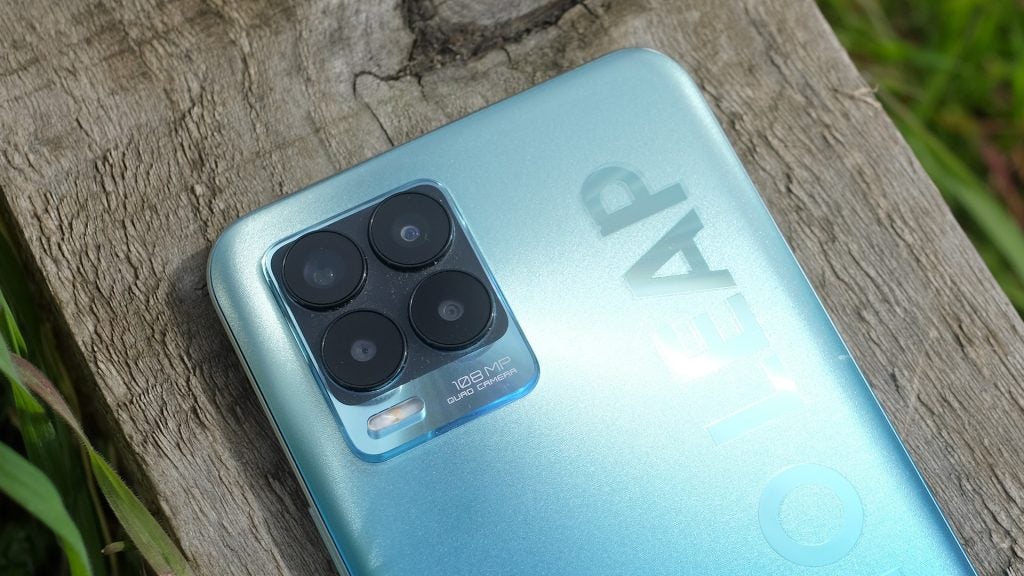
Here’s the reality. The Realme 8 Pro has one good rear camera. The rest are fairly poor.
These other three are an 8-megapixel wide-angle camera, a 2MP macro and a 2MP depth sensor. Load the camera app and you might guess the Realme 8 Pro has a zoom, as it has 3x and 5x presets. But it doesn’t.
Let’s start with the weaker parts. The macro, like every 2MP macro I have used, is rubbish. While it lets you focus much closer than the main camera, image quality is bad and close-up photos are barely worth taking.

The 2MP depth camera is handy in that it lets you take background blur photos of any subject, not just people. Its depth maps are quite basic, so parts that shouldn’t be blurred are. However, to give credit to Realme, the way it handles the Portrait mode reduces how obvious these errors are in some shots, by softening blur transitions.
Cheap sensors used to bump a camera up to four rear cameras are the norm in phones like this. That the wide is also quite poor is the only notable disappointment here.
The Realme 8 Pro’s ultra wide camera is an obvious step down in quality from the main sensor. Its photos are relatively soft, lower in contrast, and fine detail ends up looking mushy, particularly in darker parts of the scene. It’s your standard just-OK budget wide-angle camera.
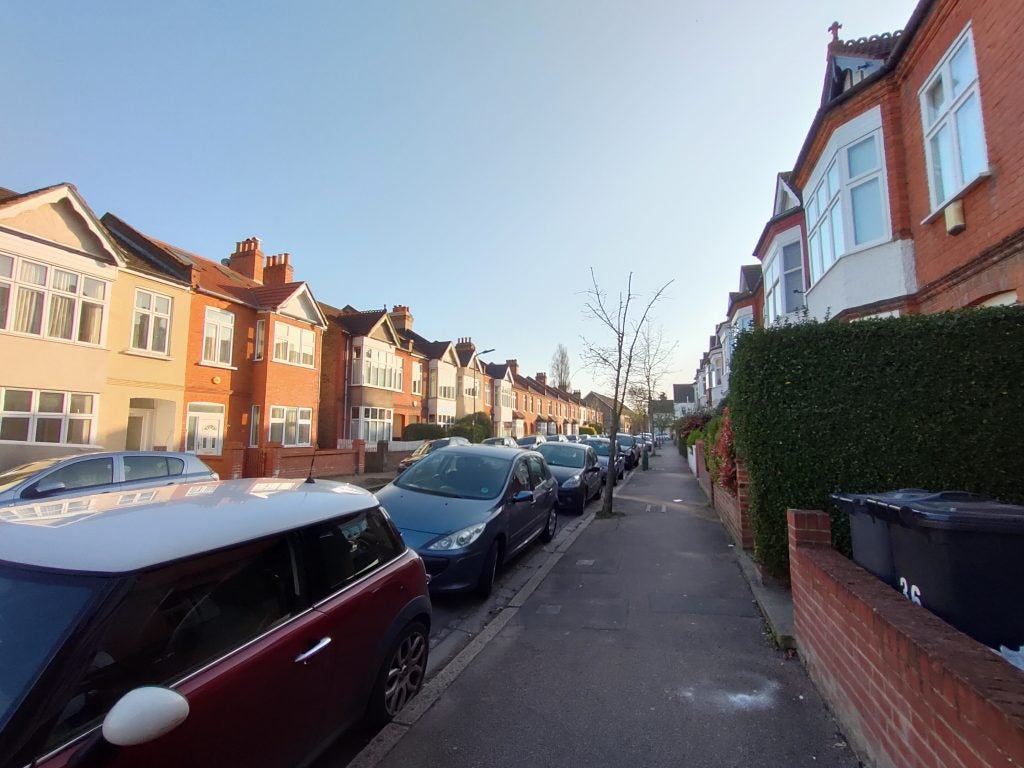
Much of this is redeemed by the Realme 8 Pro’s primary camera. It takes clean-looking, detailed shots with good dynamic range. Rich colour and punchy contrast means they can compete with those of phones twice the price. And often don’t look that much worse than high-end phone camera pictures.
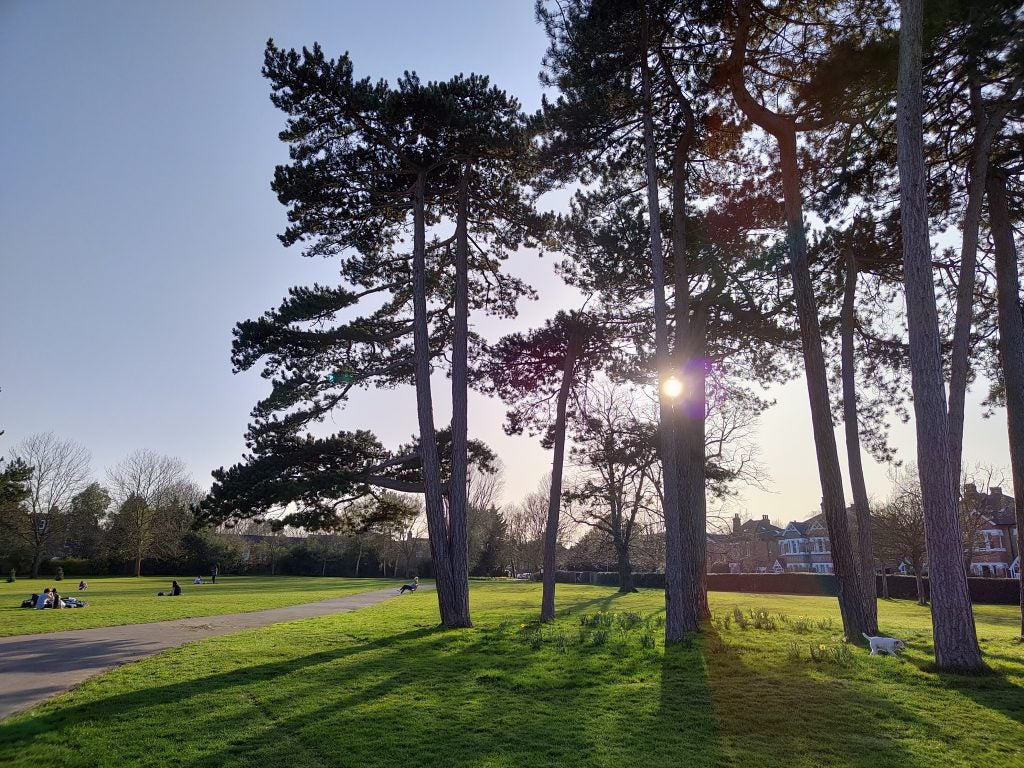

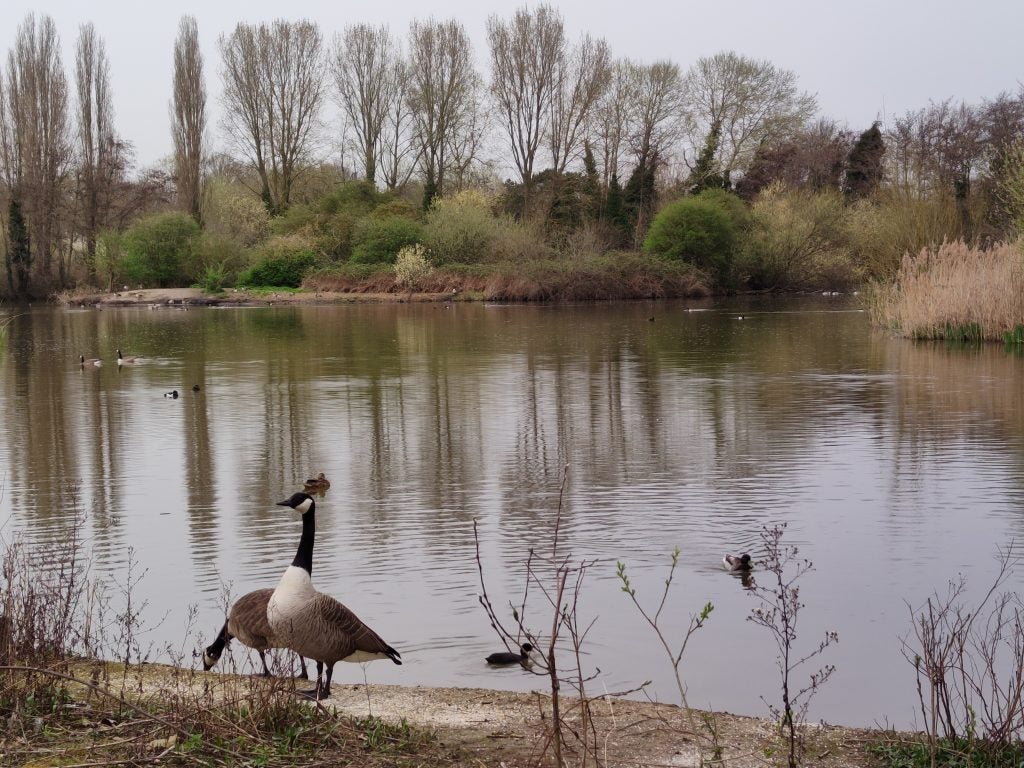
I even like the Realme 8 Pro’s 3x zoom images. You might think “of course 3x zoom shots look good, it has a 108MP sensor”. But this is a quad bayer array sensor, which means the actual pixel structure is designed for 12MP images. To get anything approaching 108MP output, you need to reverse engineer it.
And, the real hit, the Realme 8 Pro’s 3x zoom images look far better than a crop of the phone’s 108MP mode. Some real work has been put into the faux zoom here. I wouldn’t be surprised if the phone merges multiple exposures to enhance detail — a technique Google introduced (using OIS, which the 8 Pro doesn’t have) a few years ago.
It may be a digital zoom, but it’s a pretty damn good one, particularly for a budget phone. 5x is a step too far for the Realme 8 Pro, as fine detail looks like it has been painted in brush strokes, but is still worth trying out.
We don’t see quite the same great progress in the Realme 8 Pro’s night images. The phone does have a proper night mode, one that takes a couple of seconds to shoot a bunch of frames to make up the final image. We get a significant improvement to brightness and dynamic range, but not the kind of forensic shadow detail boosting of phones, say, twice the price or more.
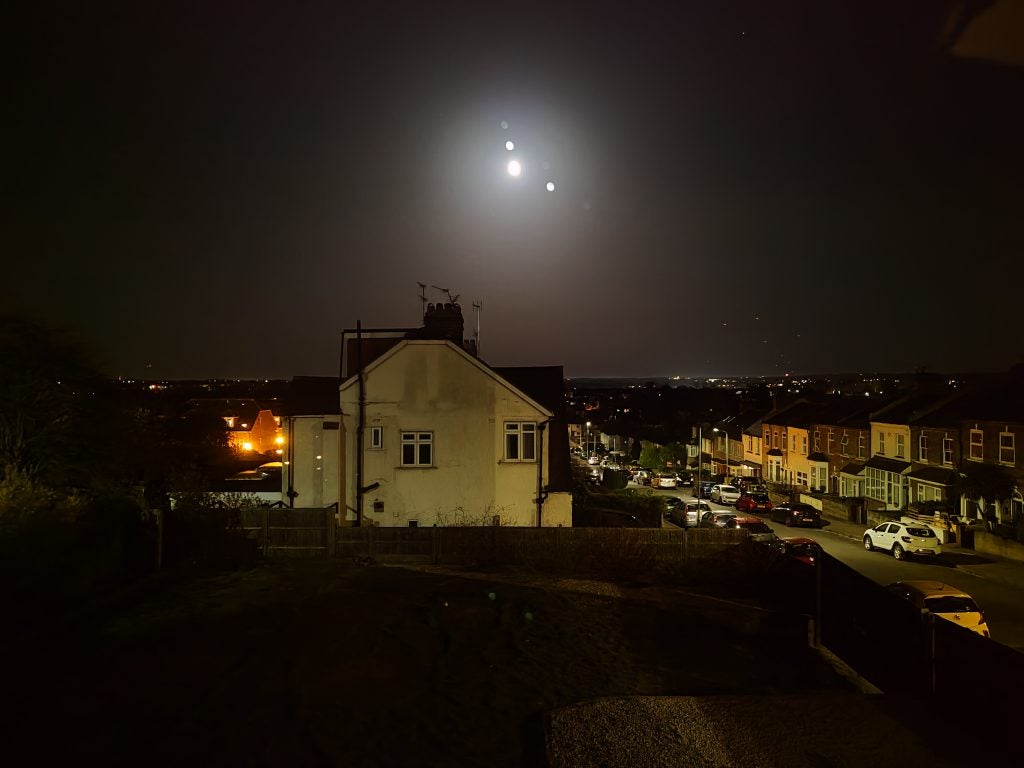
Video quality is good, with some caveats. The Realme 8 Pro shoots video at up to 4K resolution 30 frames per second. But this is unstabilised (or virtually unstabilised, as I noticed no smoothing) so you may want to drop down to 1080p. Thankfully you get stabilisation at both 30fps and 60fps when using 1080p capture.
The Realme 8 Pro also has two “ultra stable” modes. One uses the main camera still, and the same field of view as standard stabilisation — suggesting it just uses a different profile that minimises camera movement. The second “max” mode switches to the ultra-wide camera, resulting in a major drop in image quality. Avoid that unless you need powerful stabilisation and a fairly wide field of view.
The Realme 8 Pro’s selfie camera has a 16-megapixel sensor that uses 4-in-1 pixel binning for better low-light clarity. Photos end up at 16MP resolution regardless, but tend to look like they have about four megapixels’ worth of detail.
Selfie image quality is solid within that limit, and the Realme 8 Pro uses a lot of dynamic range enhancement to make sure backgrounds don’t look too washed out.
Performance – Mid-tier performance, pleasant interface
- 720G processor is solid, but not the best in this class
- A pleasant, Google-style interface
The Realme 8 Pro is a 4G phone, and has one of Qualcomm’s 7-series mid-range processors, the Snapdragon 720G. It’s paired with 8GB RAM, as much as you could ask for, and 128GB storage.
In the past I have said some of these mid-range Snapdragons get you day-to-day performance very similar to top-end processors. The Realme X50 5G was actually one of the first to trade on that appeal.
The Realme 8 Pro isn’t quite at that level. I noticed a drop in responsiveness, switching from the Oppo Find X3 Neo, which has the older Snapdragon 865 Qualcomm flagship processor. Still, general performance is solid. The one thing that may slow you down slightly is the in-screen fingerprint scanner, which does fail to register your finger/thumb more often than most.
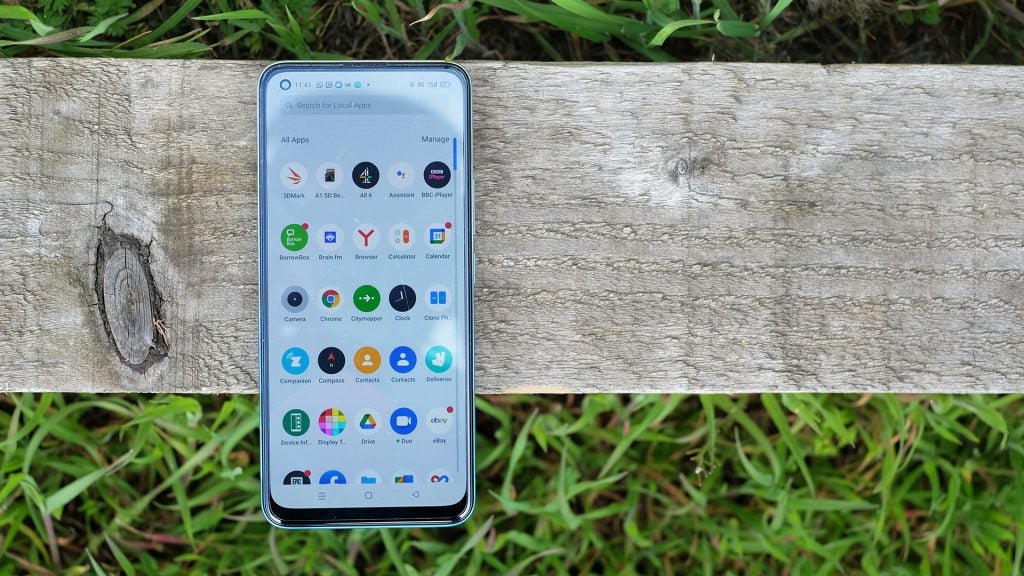
Games run well enough too. The Snapdragon 720G is part of Qualcomm’s gaming series of processors, with slightly better graphics performance. Fortnite plays at 30fps, Medium visuals, with occasional noticeable drops in frame rate that may encourage you to play with the game’s dynamic resolution slider a bit.
A Snapdragon 765G phone like the Realme X50 5G will perform slightly better, but this sort of gaming ability seems fine given the Realme 8 Pro’s price.
Realme’s custom Android 11 interface is also one of the more appealing around, as its look and layout are so similar to Google’s Android norm. Icons are round, the app drawer is a simple scroll of icons. Dig into the Realme 8 Pro’s customisation options and you can change the icon shape and size too.
Smart Assistant is the one notable add-on feature. This is a home screen feed of widgets for things like your step count, calendar events and the weather. It’s inoffensive and customisable.
Realme 8 Pro Battery life – Fast charging and good stamina is a great combo
- Real-world stamina is very good
- Excellent charging speed
The Realme 8 Pro also has above average battery life, even if its 4500mAh battery capacity doesn’t sound all that special among affordable Chinese phones, where batteries of 5000mAh and above are common.
This phone isn’t a two-day charger for me, but it will be for some of you. And I always have a big chunk of charge left by the end of the day – usually between 30% and 40%.
You can be pretty lazy about how you change the Realme 8 Pro too, as it has 50W fast charging. That is twice the power transfer rate of the Galaxy S21.
It takes you from, for example, 50% charge to 72% in just 10 minutes. Realme calls its charging standard SuperDart, and says it gets you from flat to 50% in 17 minutes.
Realme 8 Pro Conclusion
A good value phone with a strong primary camera and fast charging, but not the strongest all-round Android at its price. The highlight is the 108MP camera and it is certainly among the best camera phones if you’re looking in the budget market.
The Realme 8 Pro misses out on two of the key pieces of tech that have just come to more affordable phones, including 5G and a high screen refresh rate. This is a 60Hz, 4G phone. You can get 5G or 90/120Hz models at a not-too-dissimilar price. If either of those are important to you, then you’re best of looking elsewhere.
You should buy the Realme 8 Pro if…
- You want a good camera in a cheap phone
Eye-catching specs like 108MP cameras should always be approached with caution, but the Realme 8 Pro’s primary camera is genuinely good. It captures great images, for the money, at its 1x view, and even does a decent job of faking a 3x zoom thanks to Realme’s intelligent image processing.
- You want long battery life and a not-too-large phone
The Realme 8 Pro is slightly smaller than some of the high-value alternatives, but does not sacrifice battery life as a result. This is a good combo, as both the shape and longevity add to the phone’s all-round accessibility.
You shouldn’t buy the Realme 8 Pro if…
- You care about the very latest tech
The Realme 8 Pro misses out on two of the key pieces of tech that have just come to more affordable phones. These are 5G and a high screen refresh rate. This is a 60Hz, 4G phone. You can get 5G or 90/120Hz models at a not-too-dissimilar price.
The post Realme 8 Pro appeared first on Trusted Reviews.
Source Trusted Reviews ,Home Appliances Reviews

No comments